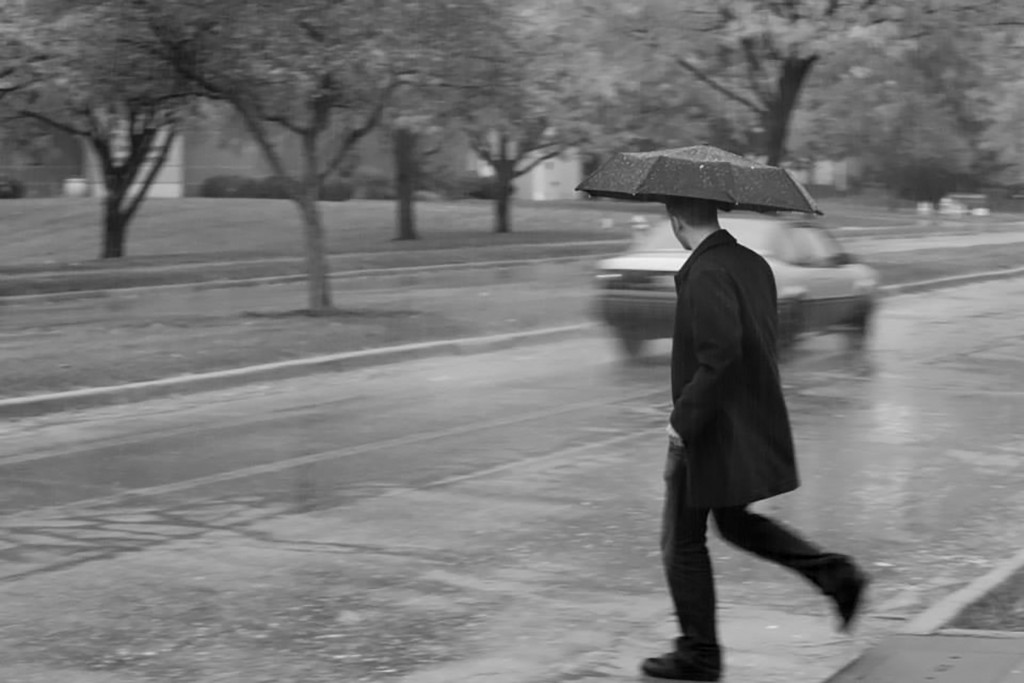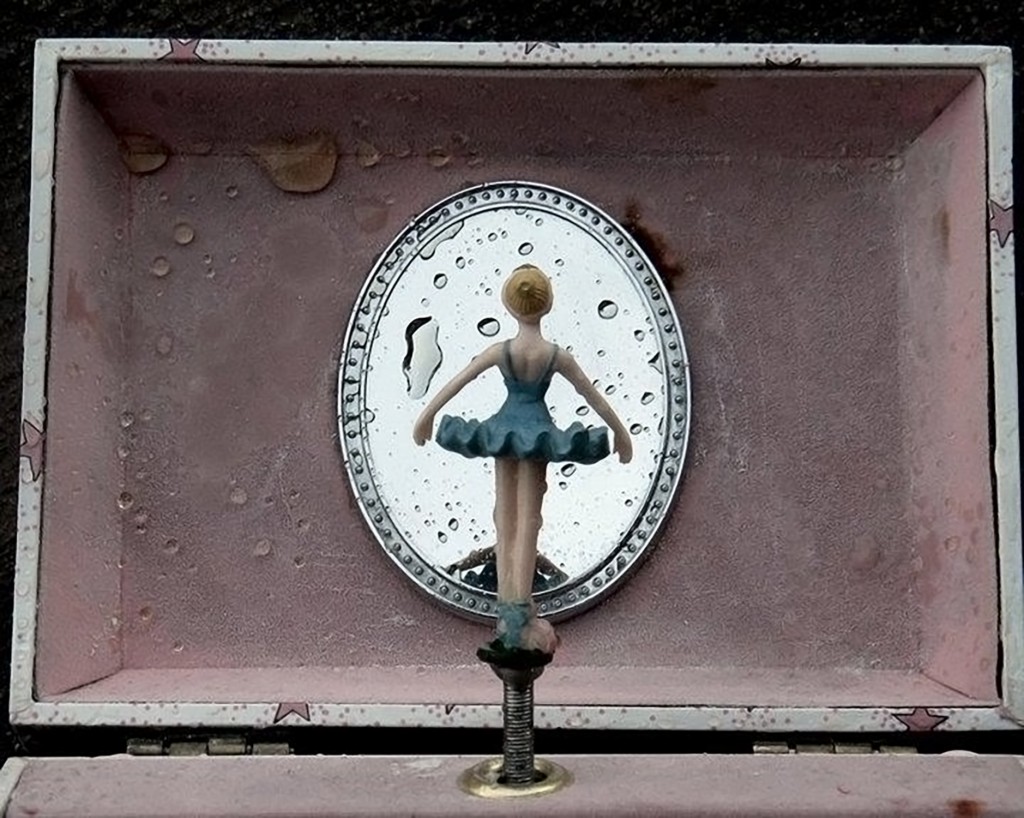I bet you’re on Facebook, and maybe even Instagram, too, so I know you’ve seen it: the snapshots your friends post of everything from their food to their clothes to their children. Thanks to advents in mobile technology, anyone with a smartphone can be a photographer – and if they use an app with filters (like Instagram), their pictures can look downright artistic. As a professional photographer & graphic designer, I love seeing so many people taking an interest in creating unique, interesting shots to share with friends & family.
But if photography is something you really want to pursue & grow at, put down the cell phone and step away from the Instagram! Don’t get me wrong – they’re great tools – but we shouldn’t forget the value of an actual camera. I can’t speak for all designers and photographers, but I think the best pictures happen when you take your camera off “Auto” and switch it over to “Manual.” Make sure you know these three things about your camera to take unique and more controlled photos: aperture, shutter speed, and ISO.
- Aperture (or f-stop) affects your light and depth of field. It’s the opening inside your lens. The more open it is, the more shallow your focus, while a less open aperture extends your focus. And of course, the more open it is, the more light it lets in, and vice-versa – a narrower aperture means less light. It seems counterintuitive, but if you’re familiar with piercing gauges this rule of thumb may seem familiar: the smaller your f-stop’s number, the bigger the opening.
- Shutter speed is measured in fractions of seconds. This is a great setting to play with when capturing subjects in motion. A fast shutter speed delivers a more sharply-focused image, while slower speeds can show more motion and blur. If you plan on shooting at a shutter speed slower than 1/60, you’ll want to invest in a tripod! Otherwise, you risk adding additional & unintentional blur – no matter how steady you think your hands are! Like aperture, shutter speed can also contribute to the lighting of your pictures, since slower shutter speeds allow more time for light to enter, and faster speeds provide less time for light to enter.
- You might remember the days of buying film for your camera, but if you don’t, here is a history lesson: films were sold by their speeds. Most people use digital cameras now, which use a measurement called “ISO.” ISO is the digital equivalent of film speed. Higher ISO’s mean increased light-sensitivity, which makes them ideal for working in darker settings, like indoor photos. Bumping your ISO up from a low number to a higher one – like from 100 to 400 – also enables you to shoot at higher shutter speeds or smaller apertures.
These are just the basics, and you will find that you learn the most through trial & error, so try out all the combinations you can! I think the beauty of art is that it is subjective – there is no right or wrong way to do it. The most important part is having fun & making your pictures your own. In the shot below, I just decided to let loose & try something new, and the result was this mind-bending photo of a tree – just a regular tree, but seen in a new way. Ignoring “the rules” is what helps us capture the unusual beauty in the every day objects we take for granted in our daily lives.

P.S. Oh, and remember: never set your camera to auto!






